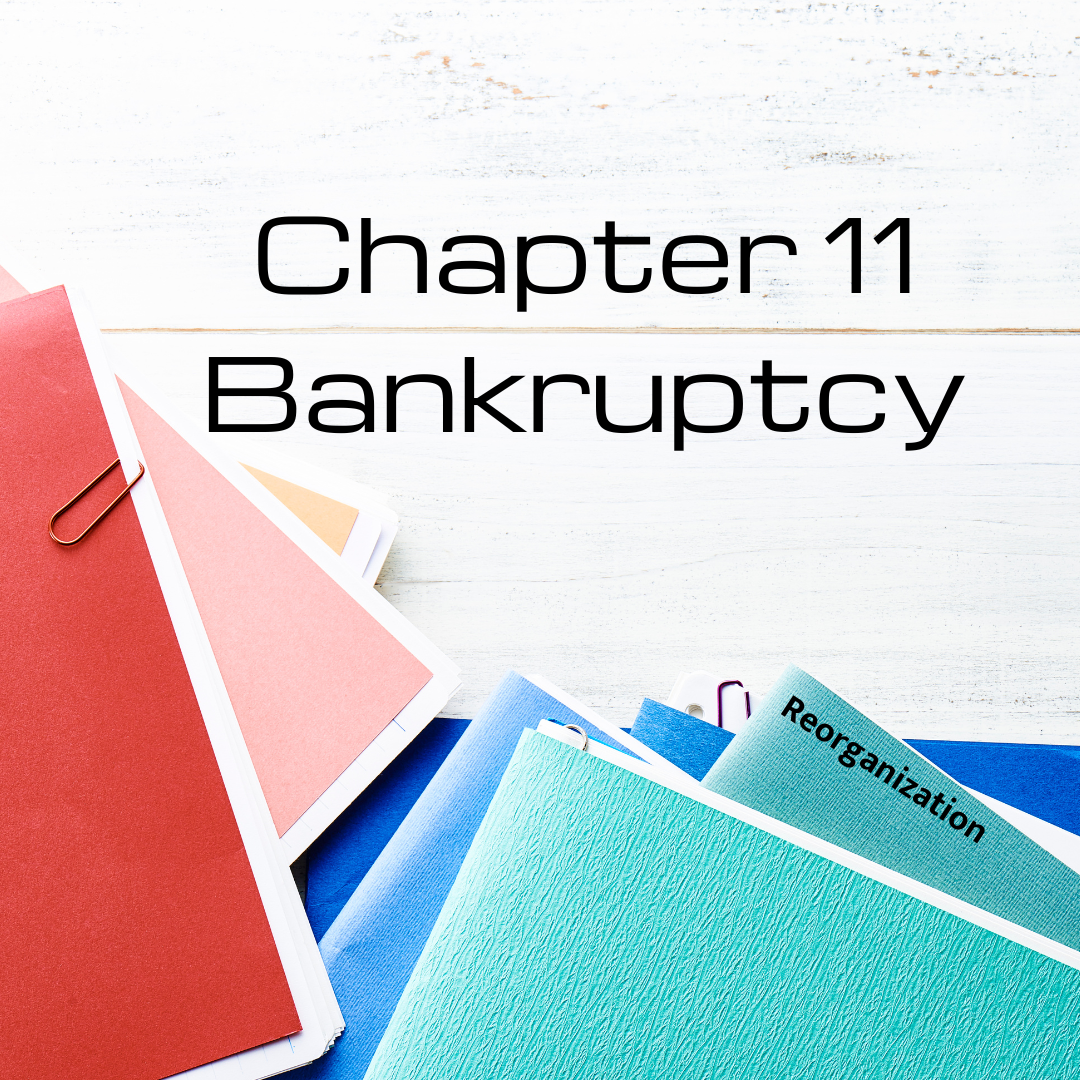A Cautionary Tale for Any Business Facing Financial Distress

The Wall Street Journal (Alexander Saeedy and Soma Biswas) published an article on 05.15.24 about a business in financial distress titled “KKR-Backed Envision Healthcare Files for Chapter 11 to Put Lenders in Control.” The article discusses Envision Healthcare’s growing debt burden that has led them to Chapter 11 bankruptcy. It is one of the biggest healthcare-related bankruptcies ever, and it means that private equity firm KKR, which invested $3.5 billion in Envision in 2018, will likely lose that money.
A Slippery Slope for Envision Healthcare
Envision Healthcare provides staffing and management services to hospitals and other healthcare facilities. Essentially, they help hospitals ensure there are enough medical professionals to care for patients, especially in emergency rooms, anesthesiology, radiology, and other specialized departments. Once a highly successful company, Envision Healthcare’s management faced numerous challenges in the early 2020s.
The pandemic caused a sharp increase in COVID-19 patients, but regular inpatient visits dropped by 65-70%. This led to a massive loss of $1 billion in revenue and $415 million in earnings in 2020. Rising labor costs, alongside the introduction of the No Surprises Act, which shifted power in payment disputes to insurance companies, further pressured the company. Envision’s largest payer also cut reimbursements by 60%, costing the company over $400 million in revenue.
A Failed Attempt at Avoiding Bankruptcy
Last year, Envision Healthcare took steps to try and avoid bankruptcy by raising $2.6 billion in financing from lenders like Centerbridge Partners and Angelo Gordon. They did this by shifting collateral from other lenders to secure new loans. The company used the money to buy back $1.9 billion in debt at a discount, which upset some creditors because it changed who had the first claim on assets like AmSurg, Envision’s outpatient care subsidiary.
These steps temporarily improved Envision’s cash flow. However, it left the company heavily in debt in the long run. This aggressive financial restructuring, common among private-equity-backed companies, aims to buy time for a turnaround. However, it tends to lead to bankruptcy anyway. Envision eventually filed for Chapter 11, with the goal of exiting bankruptcy within five months, according to the court filing. This situation is similar to what happened with other companies like Serta Simmons Bedding and Revlon, where controversial financial strategies led to Chapter 11 filings despite efforts to avoid it.
Our Experts Can Steer You Through Bankruptcy
Envision Healthcare’s bankruptcy is a cautionary tale for any business in financial distress. Their journey from a successful healthcare services provider to a company in deep debt highlights the risks of aggressive financial strategies. If you’re facing Chapter 11 reorganization or another type of bankruptcy, The Law Offices of Ronald I. Chorches will help. Our expert legal counsel will develop a resolution strategy for you. Don’t wait until it’s too late—reach out today to schedule a consultation!

